NEWS- Bridging the gap: Local spans 'ahead of the game'

Crossing bridges in Charlottesville is something many commuters do several times a day.
PHOTO BY ADAM SORENSEN
It could be anyone's worst nightmare. A cloud of dust drifting skyward, huge chunks of concrete from the bridge suddenly plunging into the swift currents of the Mississippi River below, carrying rush hour traffic with it.
The collapse of the I-35W bridge in Minneapolis did not just shake the earth of the Twin Cities, it shook the American public's confidence in the infrastructure we rely on everyday. Now, everywhere across the country, people are asking about the safety and reliability of their bridges.
Thomas Baber, a University of Virginia engineering professor who has followed the collapse closely, says there is a lot to learn from the recent tragedy, but not a lot to fear. "By and large," he says, "bridges are one of the safer things you're going to encounter on a day-to-day basis."
And it appears Virginia is ahead of the game. According to Baber, although nine percent of the Commonwealth's bridges are rated "structurally deficient"– an engineering term that Baber points out does not in fact imply the structures are unsafe– is considerably lower than the 12 percent of bridges with the same rating nationally.
But Baber stresses the importance of keeping an eye on our aging structures and devoting the time and money to fixing them before a problem arises.
"Maintaining the nation's infrastructure should be a high priority," he says.
For those Charlottesvillians who wonder about the overpasses they cross everyday, here are some facts about a few local bridges of note.
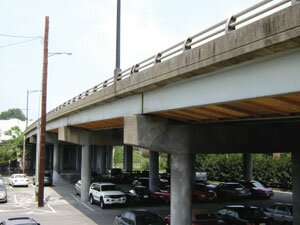
Constructed in 1962 to replace an older span, the Belmont Bridge connects 9th and Avon streets. In 2006 the city attached wooden boards to the underside of the bridge after people who had parked their cars beneath it found bits of fallen concrete littering their vehicles and the surrounding lot. City officials plan to begin construction on a replacement bridge in 2009. Last inspection: 4/9/07 VDOT sufficiency rating*: 49.6

The Advance Mills bridge has been a hot topic of conversation since VDOT announced its permanent closure in June after finding extensive damage to its steel frame earlier in the year. The main truss of the historic bridge is said to have been moved from Alleghany County in 1943.
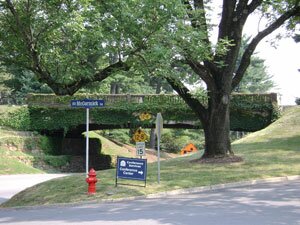
Built in the 1950s, the McCormick Road bridge's beautiful but aging concrete structure is now under the close eye of inspectors. Last inspected: 4/30/07 VDOT sufficiency rating: 48.7

Those who worry about Free Bridge vibrating with the passage of Pantops rush hour traffic can relax: engineering professor Thomas Baber says the rumbling is totally normal for many bridges and does not indicate any danger. Last inspection: 8/25/06 VDOT sufficiency rating: 87.9
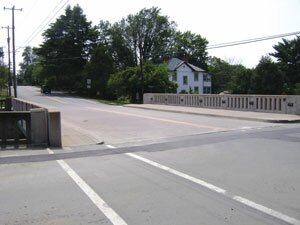
Damaged in '92 and '99 when it was hit by large trucks passing on Route 250 beneath it, the Locust Avenue bridge, built in 1954, underwent extensive repairs in 2003, but was struck again shortly thereafter. Last inspection: 5/2/06 VDOT sufficiency rating: 75.7
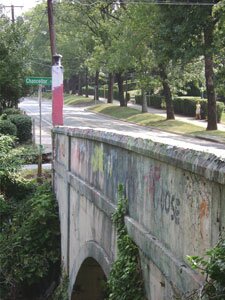
Constructed in 1921 as part of a larger project of the city and university, Beta Bridge is better known for its countless layers of collegiate decoration than for its classic closed spandrel arch design. Last inspection: 6/5/07 VDOT sufficiency rating: 28.7
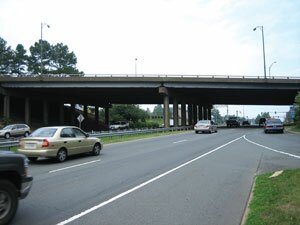
Baber says bridges like the Route 250 bridge over Emmet Street, built in 1970 with multiple beams to bear weight in case one fails, are more reliable than bridges like the collapsed I-35W bridge in Minneapolis that have only two trusses.
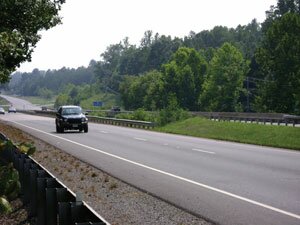
Closed briefly in the mid-'90s after severe flooding wiped out surrounding roads, the Route 29 North bridge over the north fork of the Rivanna once again carries many daily commuters. Last inspection: 10/2/06 VDOT sufficiency rating: 96.6 (southbound) and 76.3 (northbound)

Some travelers might not even realize when they are crossing this bridge. The short bridge on Ridge Street near the Salvation Army and fire house downtown spans the train tracks for only a few yards. Last inspection: 2/1/06 VDOT sufficiency rating: 95.2
*Numeric value indicative of bridge adequacy to remain in service. Based on safety, function, essentiality and other factors. Scale ranges 0-100 where 0 is the worst and 100 is the best.
#